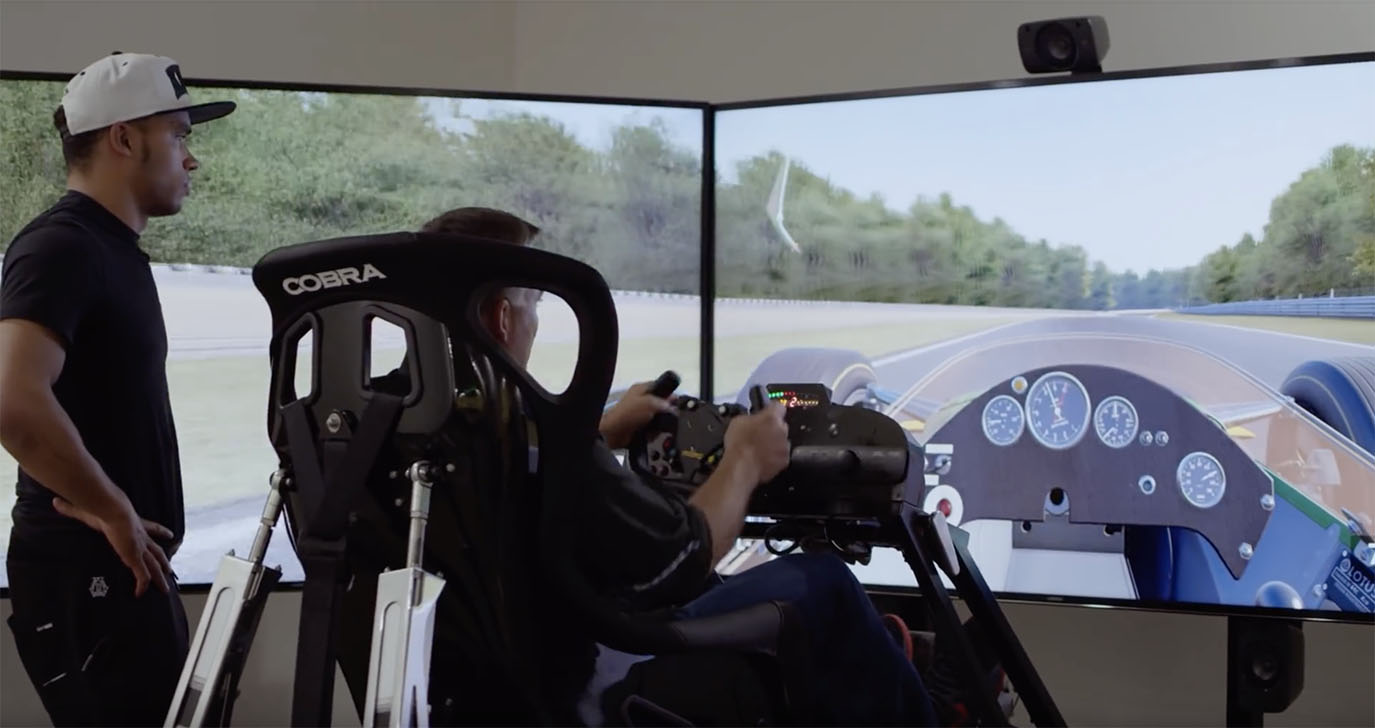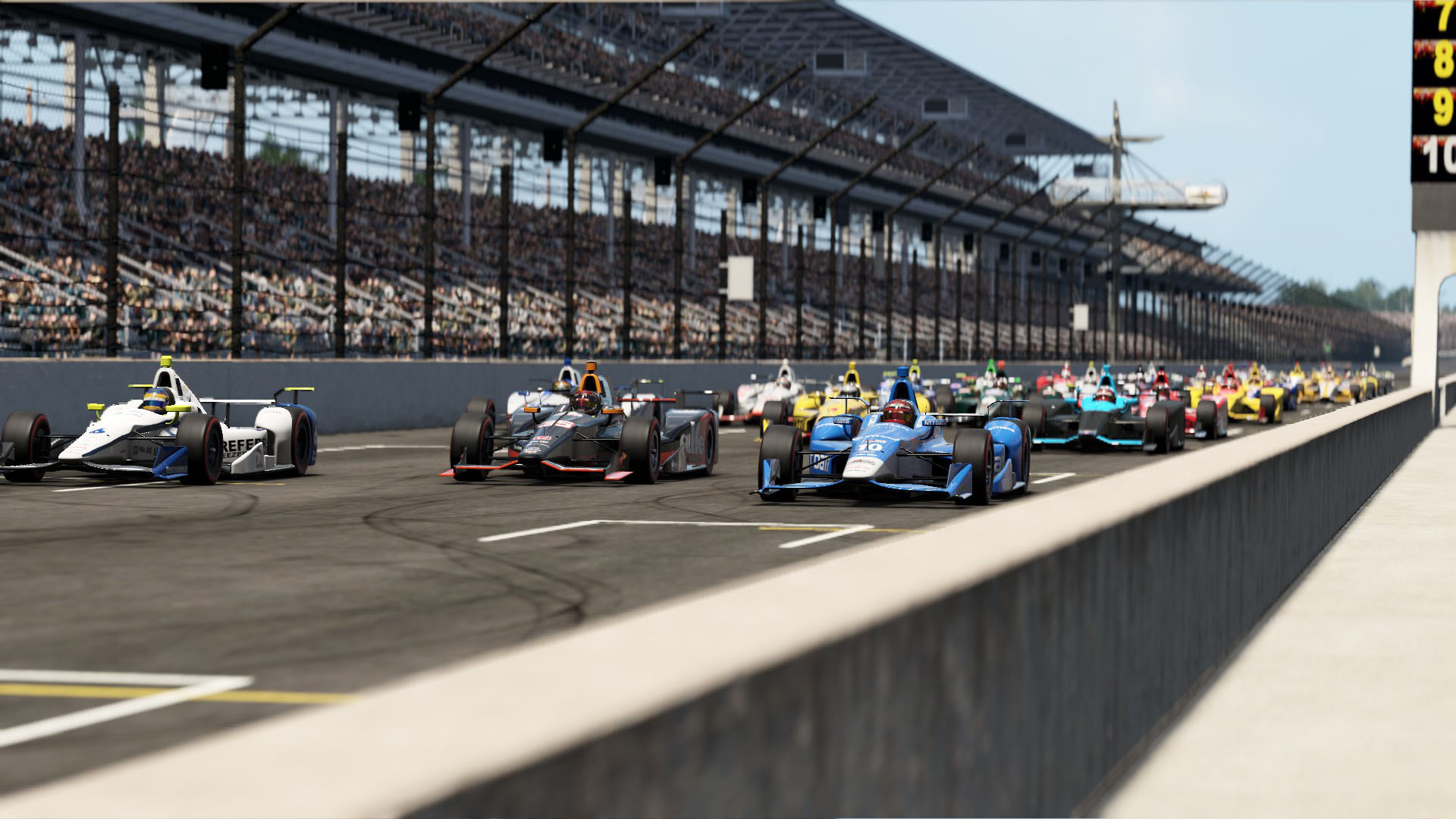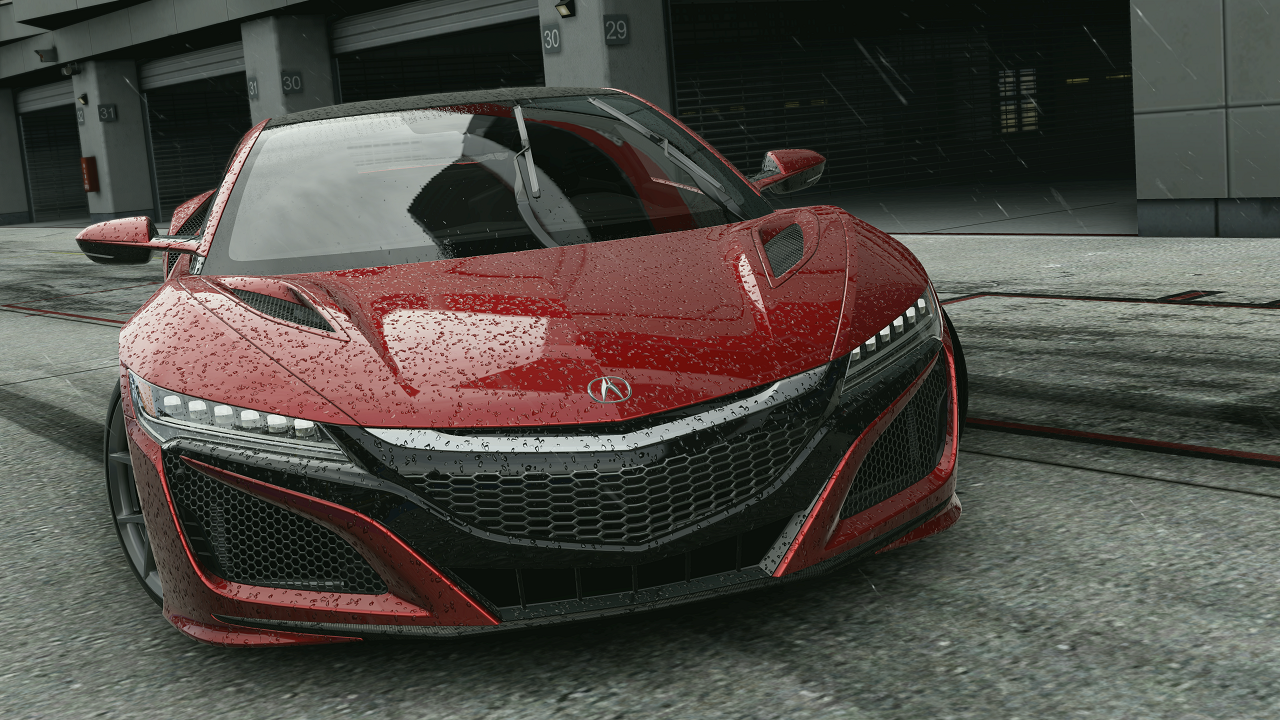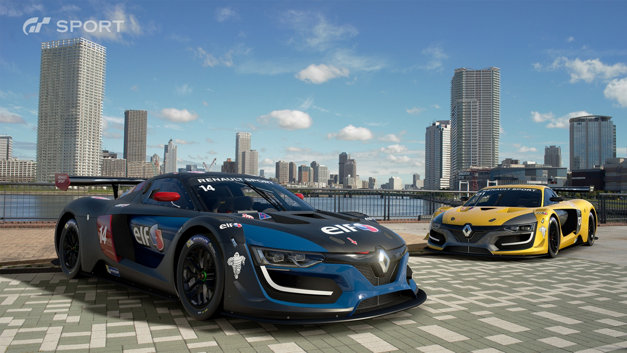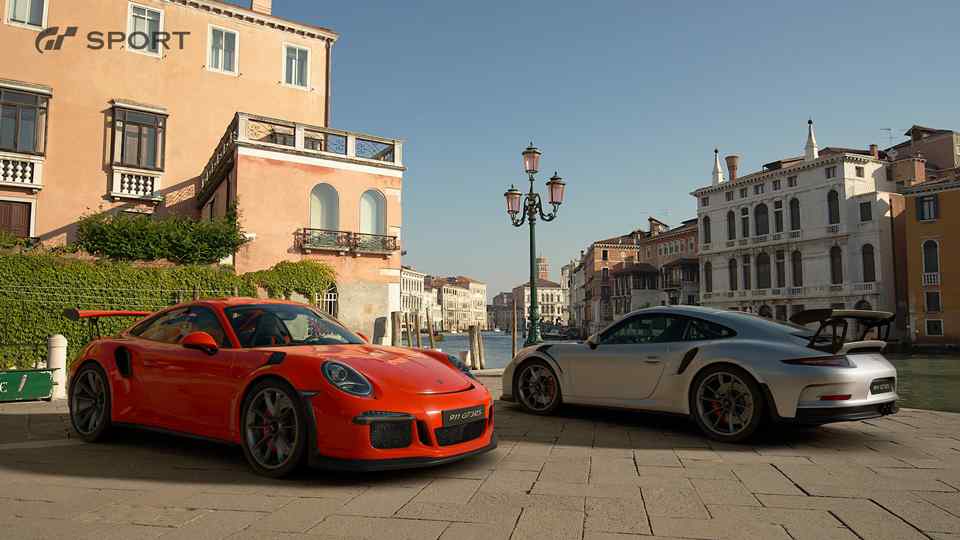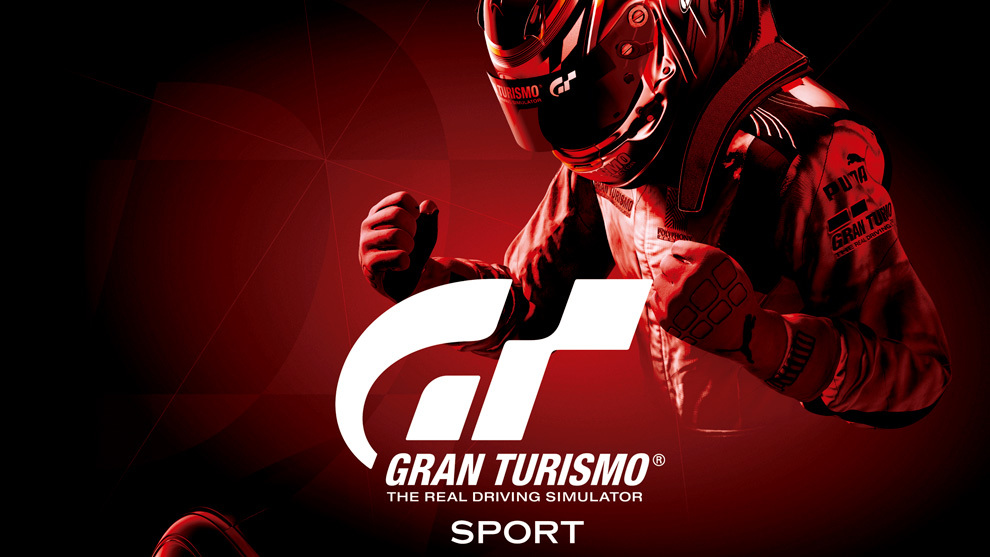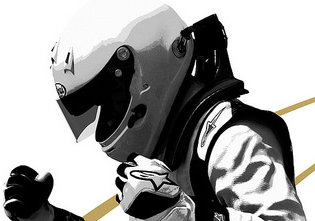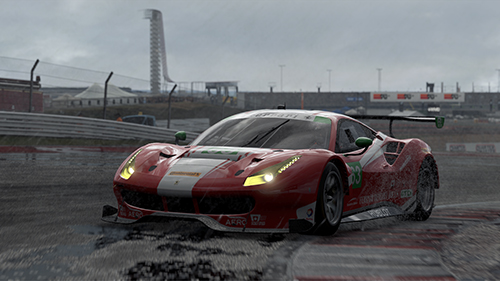
Twenty years ago, the most visually impressive game on the original PlayStation was the very first Gran Turismo. While adorably low-resolution by today’s standards, at the time I can remember being floored by the realism not only in its car and track detail, but its handling as well. Simulation racers have become known as yardsticks by which the realism of generations of video games are measured, as games like Gran Turismo 4 and Forza Motorsport 6 raised the bar higher and higher. Now with Project CARS 2, developers Slightly Mad Studios are making the gap between the virtual racing world and the real one as slim as it’s ever been before.
Earlier this week I visited Bandai Namco’s offices to play Project CARS 2, and get to grips with the enormous number of tracks, cars and options on offer in the game. Not only are there 180 cars and 60 tracks (including Australia’s own Bathurst) but every detail of a race is customisable, including most impressively the weather system. Not only can the game estimate the weather based on the current actual date (or one you select), but you can choose several different weather states for the game to dynamically shift between for the duration of your race. Want a race to start in overcast weather, turn into a thunderstorm but clear into a sunny day? That’s absolutely possible, even in a 3-lap race, with your car’s handling realistically corresponding to the differences in track surface and temperature.
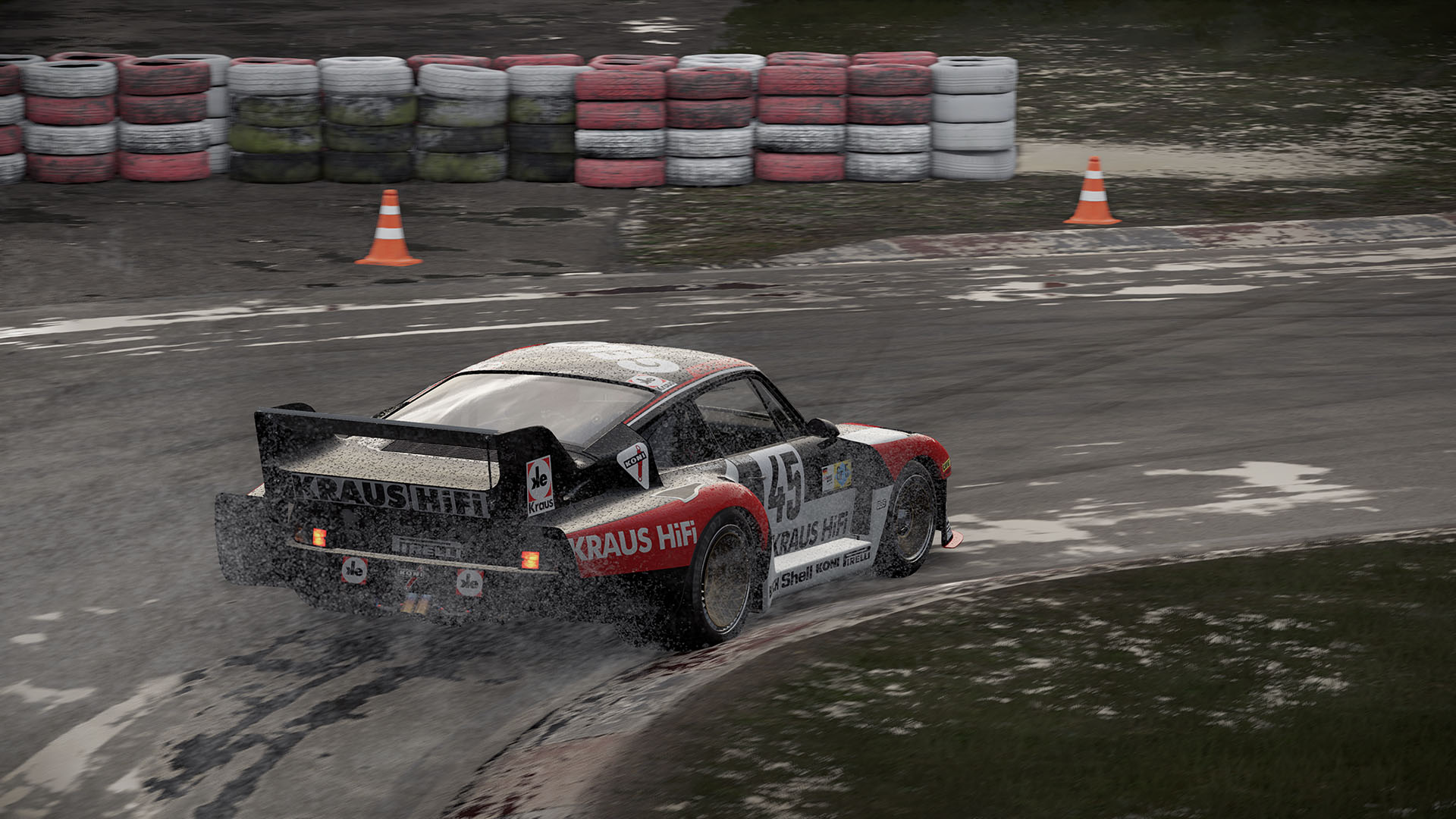
“After Project CARS 1, we conducted some tests with some racing drivers who we don’t normally work with.” recalls Rod Chong, COO at Slightly Mad Studios, “We went, for example, and got a couple of drivers to race the Bently GT3 car and some of them, interestingly, were fresh from the Bathurst 12 hours, and we put them in the car around Bathurst.”
“There were a couple of moments where the car started to slide. They came in too strong, or too fast into a corner, back end slipped out and then they corrected as they would in real life, and the car just kept spinning and they just turned around and saying, ‘That’s not right. The car wouldn’t have spun out, I would have been able to get it back.’ We wanted to address that with the new tyre model.”
Rod describes nailing the accuracy of the tyre model as critical in the development of Project CARS 2, understanding on a molecular level the chemistry and physics involved in sliding tires over the racetrack.
“You can now hang the back of the car out and just leave it there if you want. Typically, with racing games if the back end comes out, you just quickly try and grab it, you don’t want the car to slide. But with Project CARS 2 you can actually enjoy the car going sideways. That also feeds into the Rallycross physics as well, because Rallycross cars spend as much time going sideways as they do going forwards.”
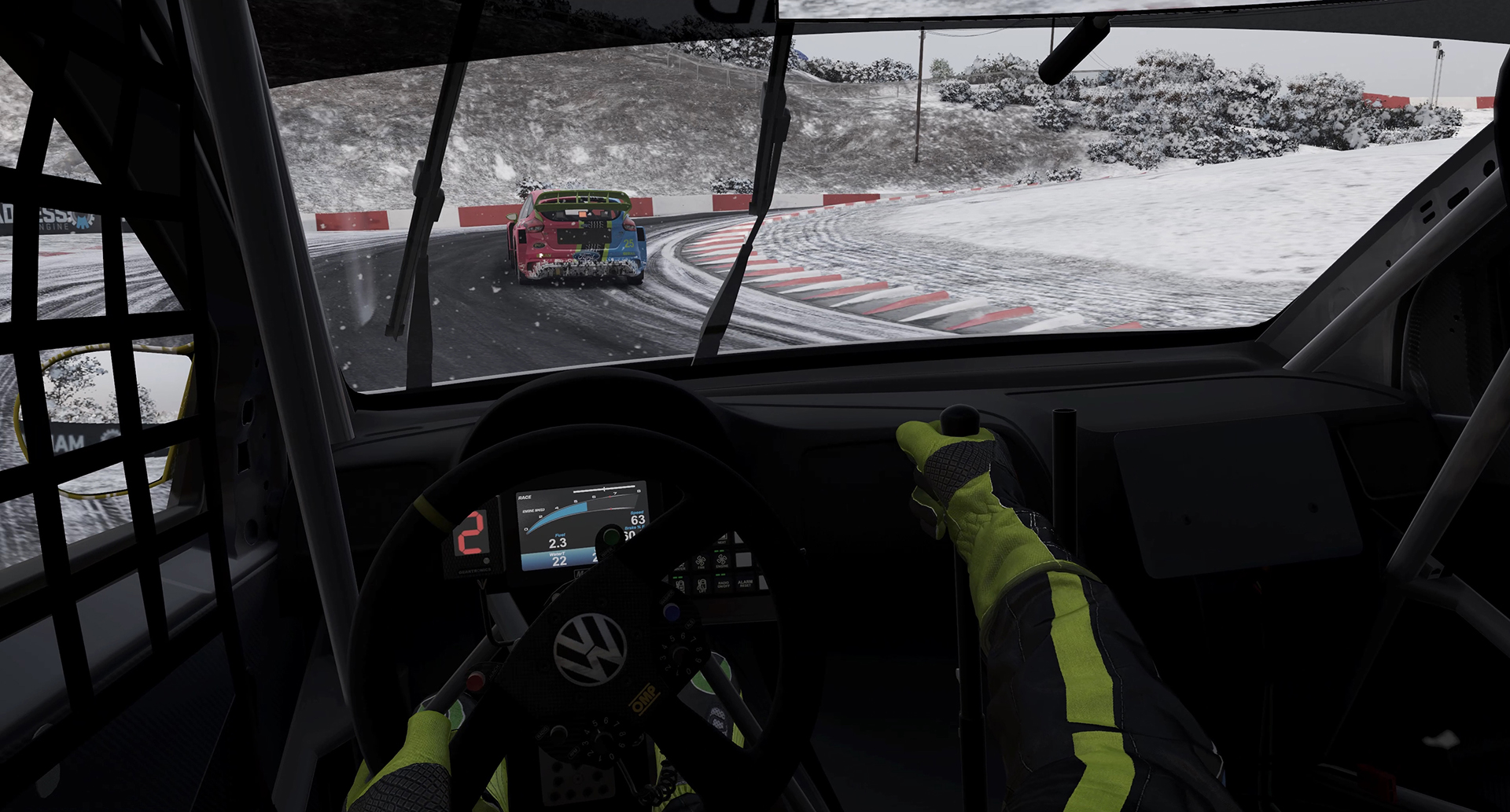
I actually had the chance to preview Project CARS 2 in several forms. The first was the standard release on PlayStation 4, controlled using a PS4 controller, which is how most players would experience the game. The next step up was a racing seat, fitted with racing wheel, pedals, stick shift and three monitors angled around in a cockpit-like view. However, the most impressive was a $35,000 hydraulic rig, that not only replicated every bump and vibration in the road, but was outfitted with a HTC Vive virtual reality headset for complete immersion. I have to admit, once you’ve experienced a racing game that way, it’s hard to go back. Rather than using abstractions like a button-press to look behind you, or angled monitors that are meant to represent your side windows – virtual reality actually allows you to simply look to your side mirrors, quickly check your blind spot, or any number of actual, natural, movements you would make in a real car.
Virtual reality in Project CARS 2 has been one of the main fields that Nicholas Hamilton, professional British Touring Car driver, has contributed to.
“All of my work with Project CARS 2 has been using the Rift, and I just think it’s a completely different world.” Nicholas says enthusiastically, “You get so immersed into being the driver – to the point that you feel like you’re in the car and if you’re going to crash you think, ‘Bloody Hell, I’m going to hit the wall and hurt myself!’ You almost forget you’re just in your bedroom or whatever, you get so immersed in it.”
Nicholas, half-brother to Lewis, was born with cerebral palsy. Through hours upon hours spent in his teenage years playing simulation racing video games, he was able to eventually make the jump to real racing, using a specially modified racing car.
“Was it a massive leap? Yes and no. The ‘no’ part would be from knowing the basics – I knew how to drive…”
“The ‘yes’ part was the finer details of how to become fast, how to become consistent and also be safe whilst doing it. I think the first thing bit me and actually made me crash on one of my first days in a real car was not preparing my tires in terms of warming them up – tire temperature, track temperature, track conditions in real life, it affects you so much.”
“The thing about simulation games in comparison to real life is that seat of the pants feel. You can’t feel it through your bum like you do in real life, so that’s always going to be hard to replicate because there’s nothing like it. With VR, I’d say it’s the future, and personally for me, the only way to experience Project CARS 2 to its full extent.”
There’s a big difference between the simulation racers Nicholas grew up playing and what’s on offer today – especially with rigs like the hydraulic VR set-up. As the technology continues to evolve, the jump from eSports to real motorsport gets smaller and smaller.
“You already saw it with the GT Academy.” says Hamilton, “That was a great opportunity for people like Jann Mardenborough, who just was very good at Gran Turismo and ended up being a very good driver himself. Especially with eSports now becoming such a big thing and so many people getting involved and new titles coming out, whether they’re racing simulations or not, they’re all implementing eSports into their platform, it’s only going to make that opportunity bigger for them. It wouldn’t surprise me to see champions in the future that have literally come from eGaming and eSports.”
Rod Chong also noted that the Project CARS team has already done a lot to foster the growth of racing eSports in the past, and going forward.
“There’s an incredible amount of interest within the motorsports communities and also the car companies, they’re all trying to figure out what to do. Everyone is trying to figure out what is the best route. We work directly with some of the top eSports sim racing teams, and we’re really trying to get into their mindset and help them with where they’re going.”
“One thing that we do and we have been doing in the past few years, is promoting sim racing eSports within the automotive and motorsport industries, and we’re trying to get the car companies to sponsor these teams, so that these eSports racers can potentially become professional gamers. That’s one area where we’re trying to grow things.”
However, while the realism that simulation racers like Project CARS 2 provide is great news for hardcore racing nerds and fledgling professional drivers, the game is still intended to be able to reach a wide audience.
“At the end of the day, there are more regular drivers than professional racers buying the game.” Hamilton remarks, “The whole point of Project CARS as a franchise is to cater for everybody’s needs and everybody’s skill levels because at the end of the day it’s a game and we want everybody to have fun and enjoy themselves.”
Project CARS 2 is out worldwide on 22 September, on PS4, Xbox One and PC.

